The Lucid Air sedan's base Pure trim can manage 420 miles (676 km) of EPA-estimated range from just an 84 kWh battery pack. At 5 miles/kWh (12.4 kWh/100 km), the Pure is the single most efficient EV in the world, with pricing that undercuts the Tesla Model S. Yet the general public is largely unaware of Lucid as an automaker in the first place. The new Gravity, which just entered serial production last week, aims to bring more recognition to the company as a whole while achieving a similarly impressive level of efficiency in an SUV form factor.
The day after the new model began production at Lucid's factory in Casa Grande, Arizona, I spent a morning testing a pre-production Gravity in the hills of Malibu. I had previously climbed around a static concept car about a year beforehand in a small photo studio, but under the wide-open Southern California skies, the shape actually looked smaller in person than expected.
Low drag, low friction
The long and low roofline helps to reinforce that perception while maintaining Lucid's commitment to aerodynamics. Lucid's head of design, Derek Jenkins, told me that with a few more improvements to the underbody's design to help wrap airflow around suspension components like tie rod ends and ball joints, the Gravity will dip below its current 0.24 coefficient of drag. That's important because despite my visual perception, the Gravity is not a small vehicle by any means. In fact, it measures 198 inches (5,029 mm) long and 87 inches wide (2,210 mm), including the mirrors, and it's 65 inches (1,651 mm) tall.
The test car I drove in the $94,900 Grand Touring trim nonetheless boasts a 450-mile (724 km) range estimate, with dual motors and a 112-kWh battery. (A $79,900 Gravity Touring will be available starting in late 2025.) That capacity matches the Air's higher-spec variants yet still just about halves the battery capacities of some competitor vehicles, especially the Hummer and Silverado EVs. But the Gravity's chief engineer, Erich Bach, explained that the battery itself makes for less of a consideration in efficiency terms than might be expected, as optimizing the rest of the vehicle allows Lucid to keep the battery itself as small as possible.
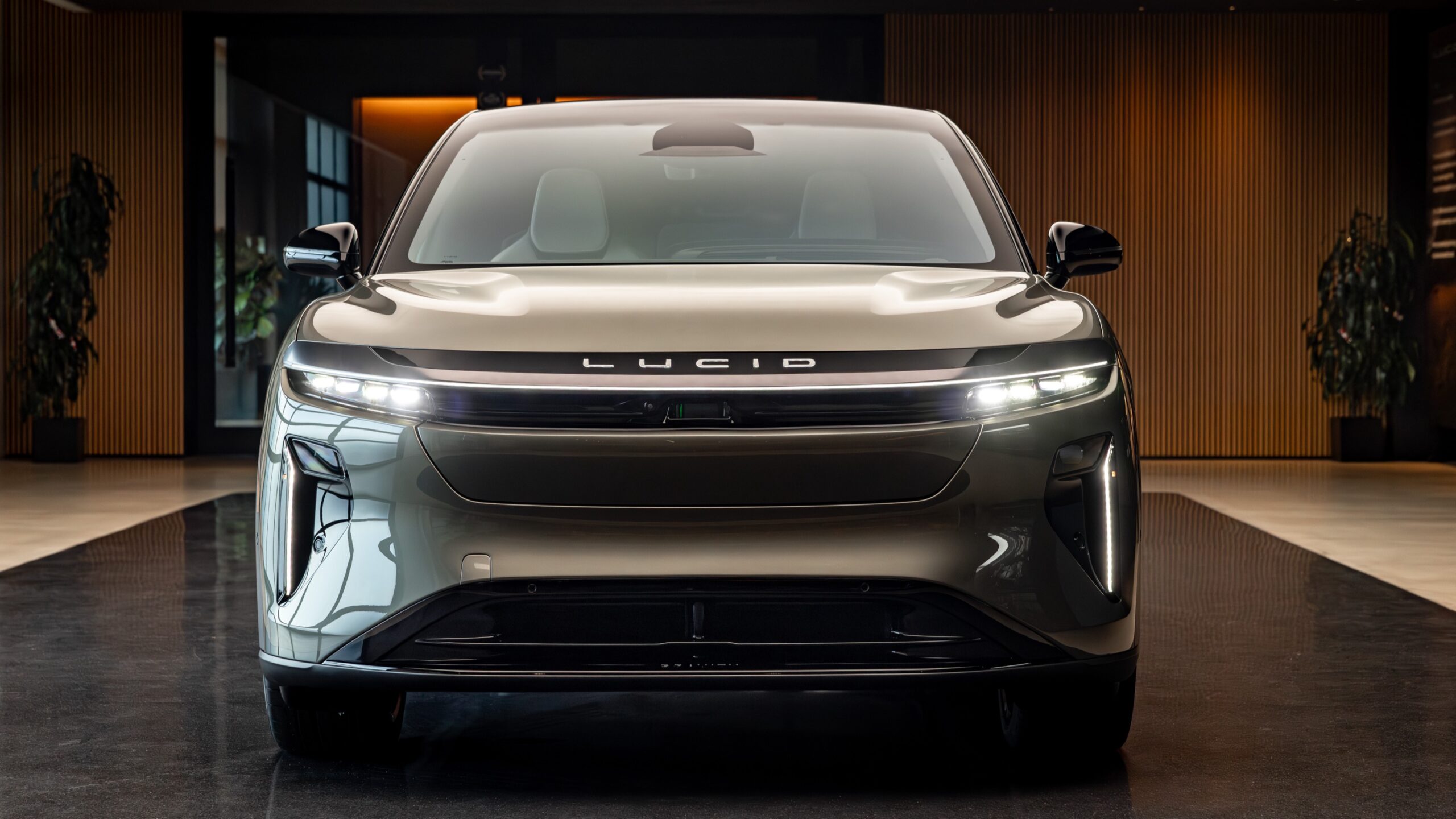

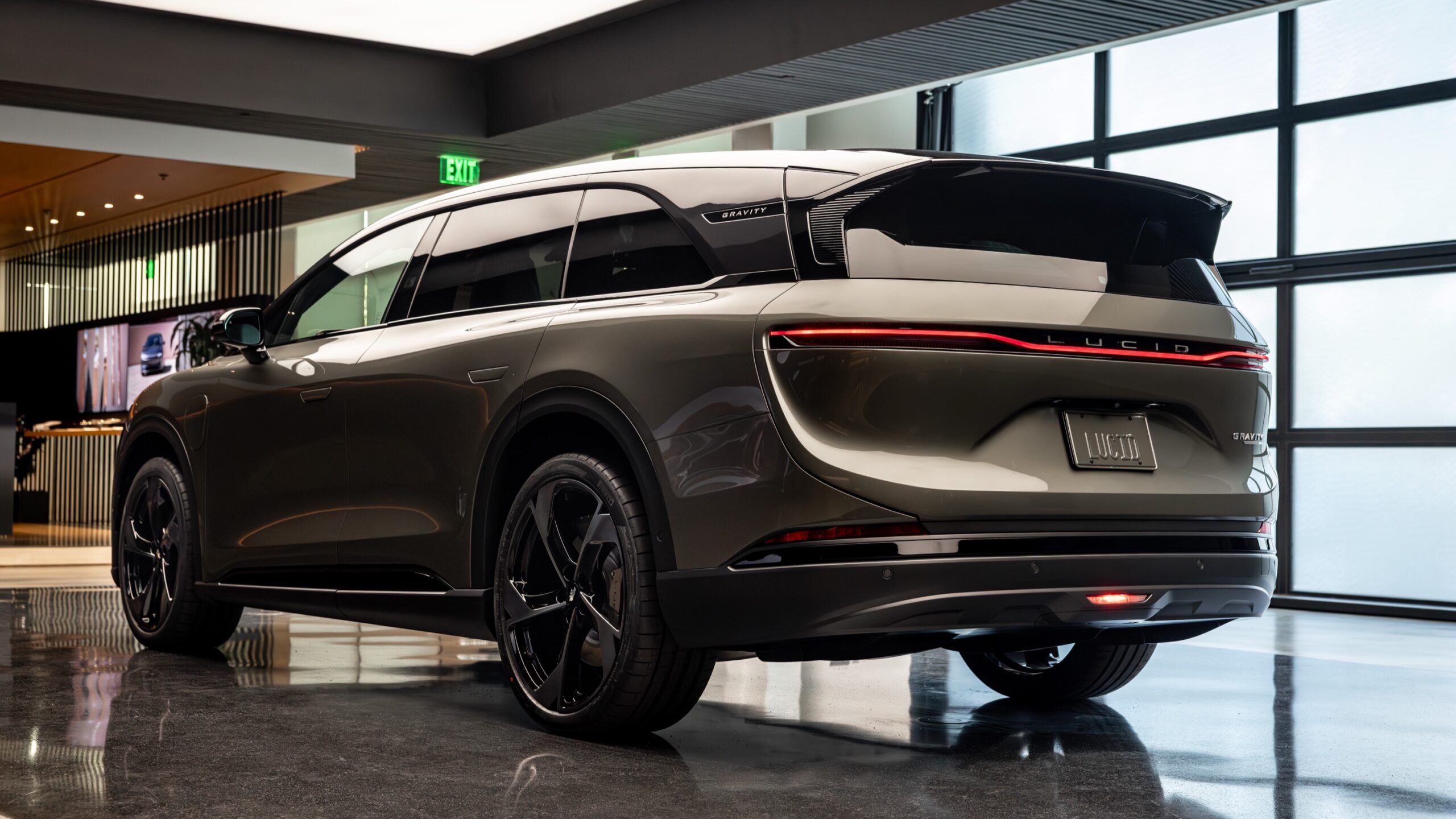
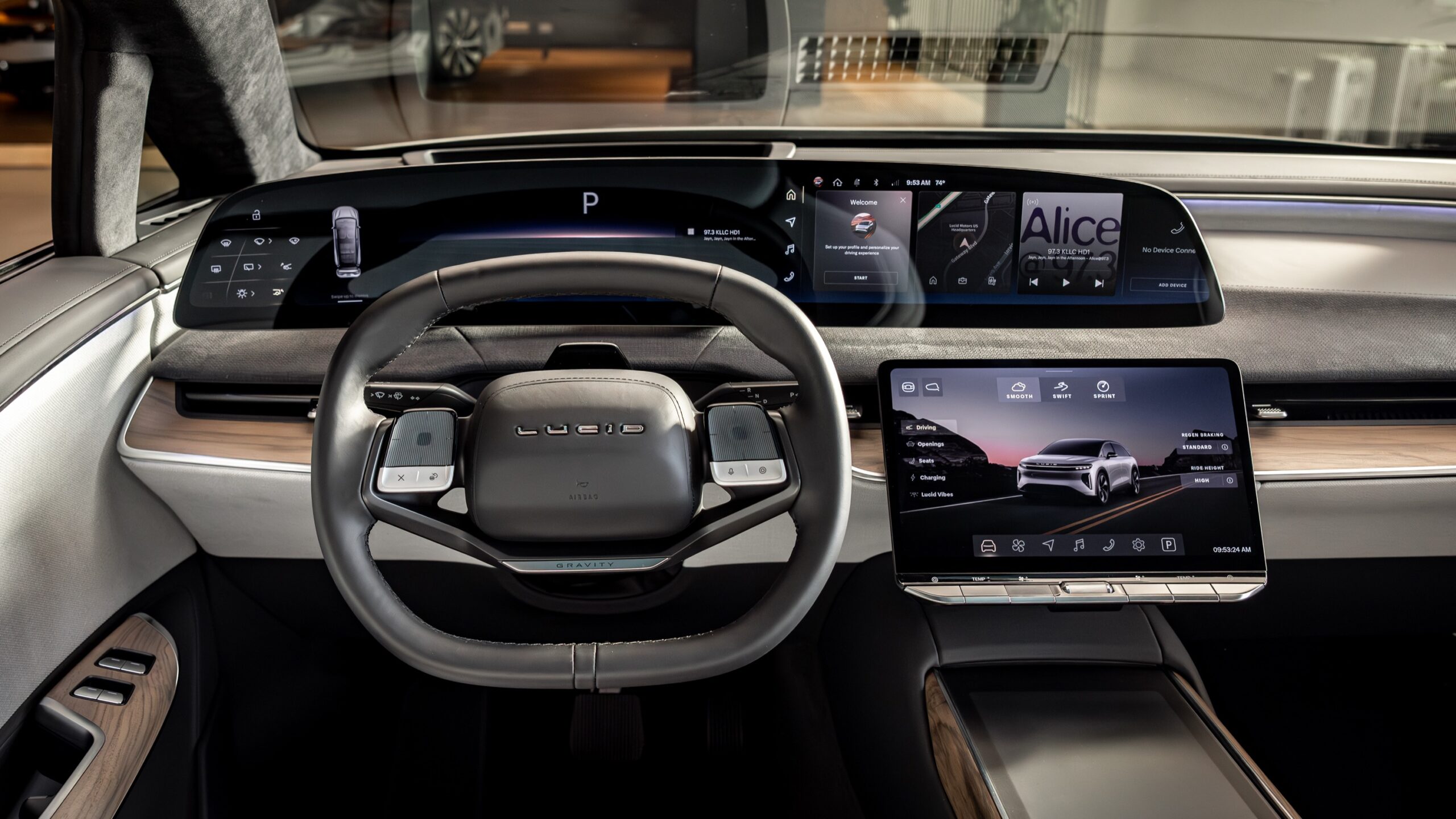
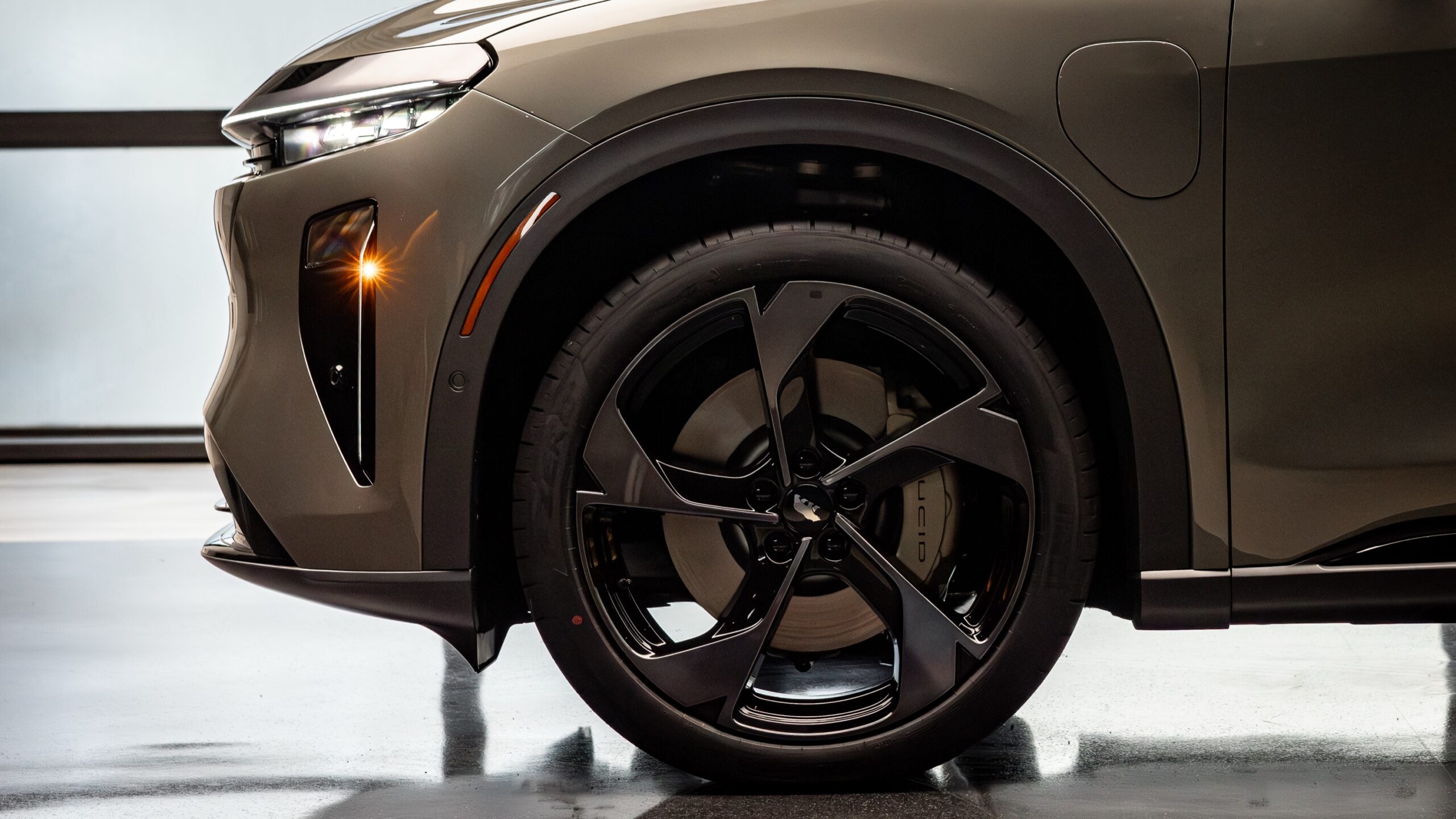

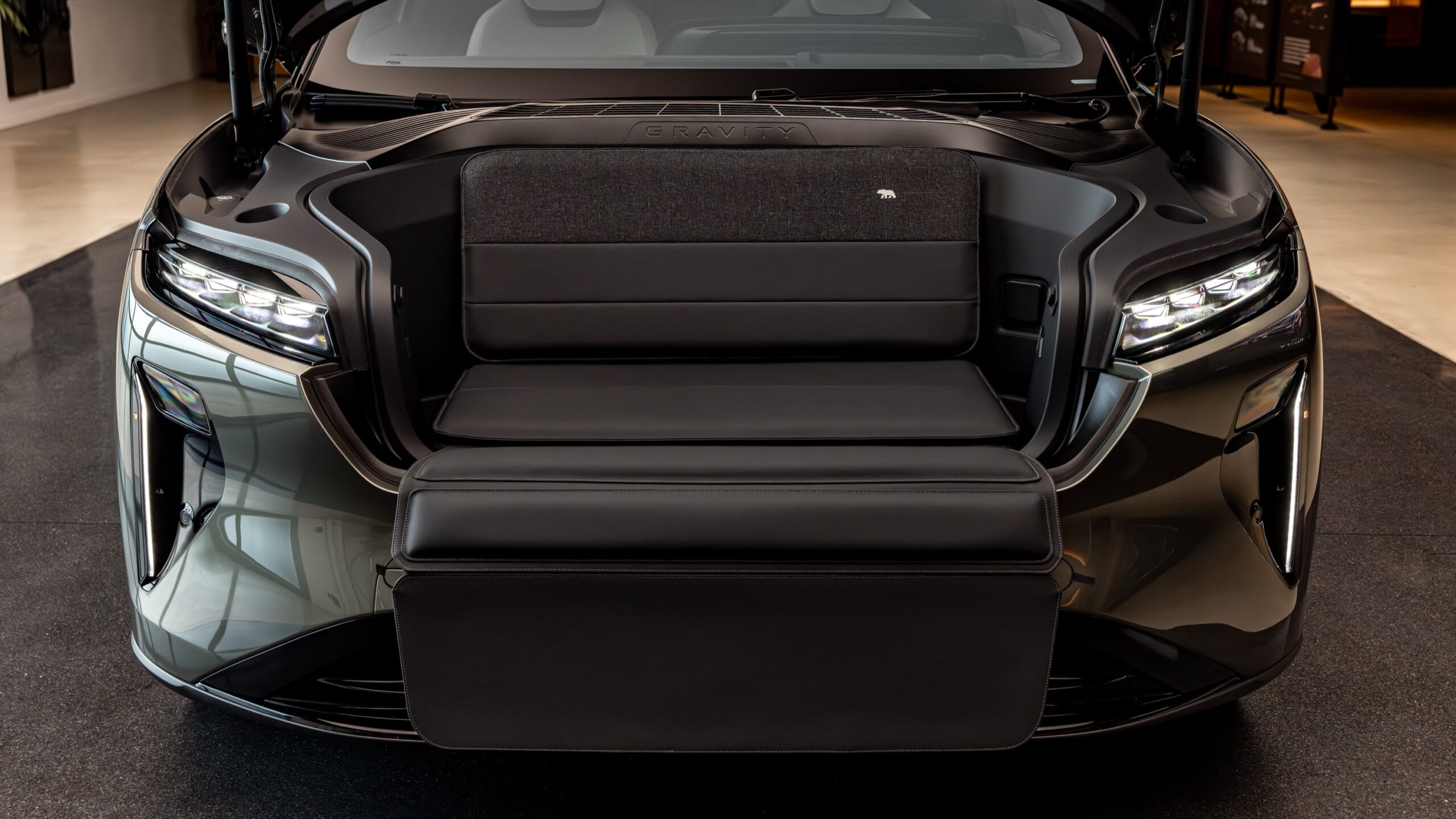
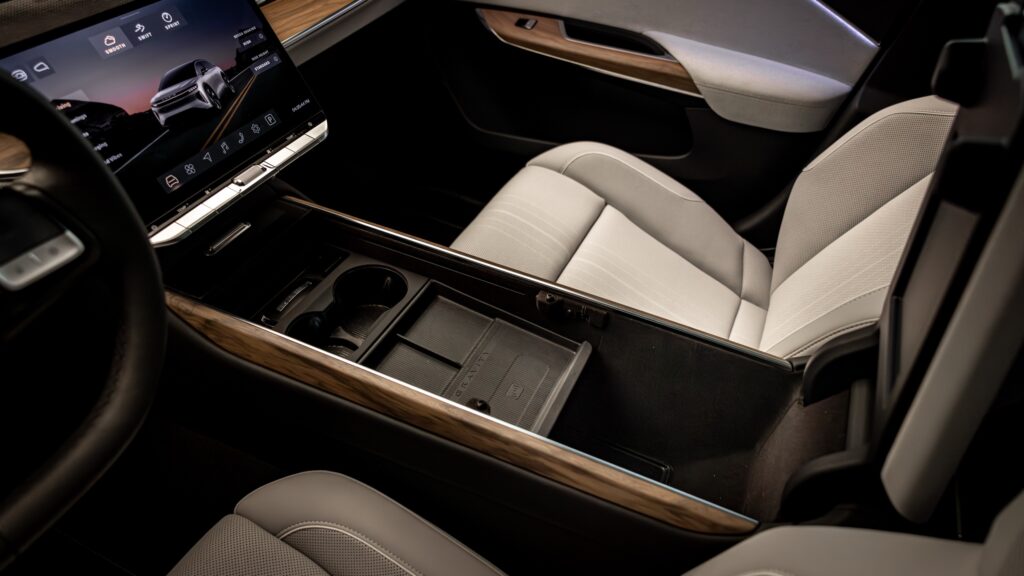
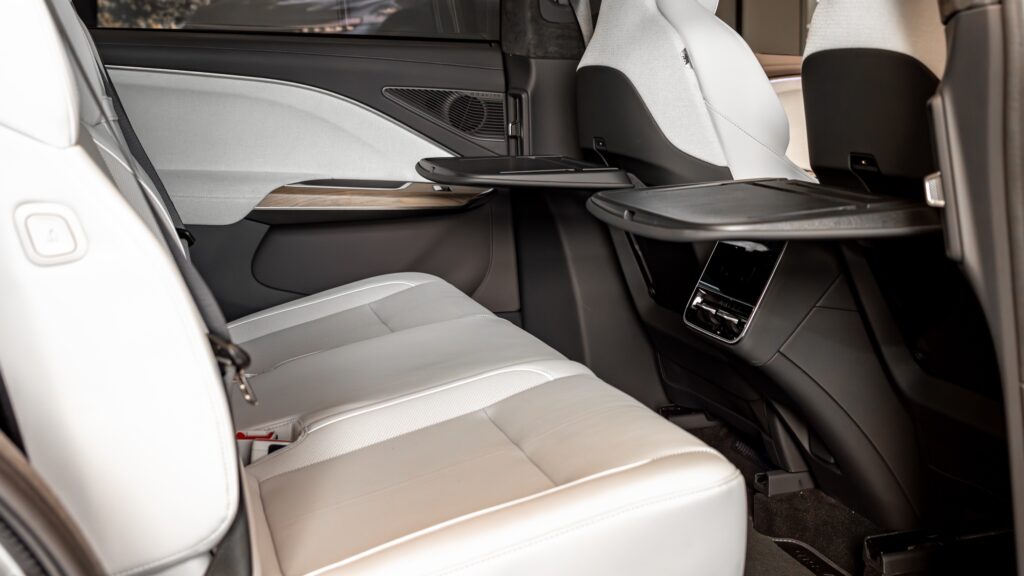
 Loading comments...
Loading comments...
